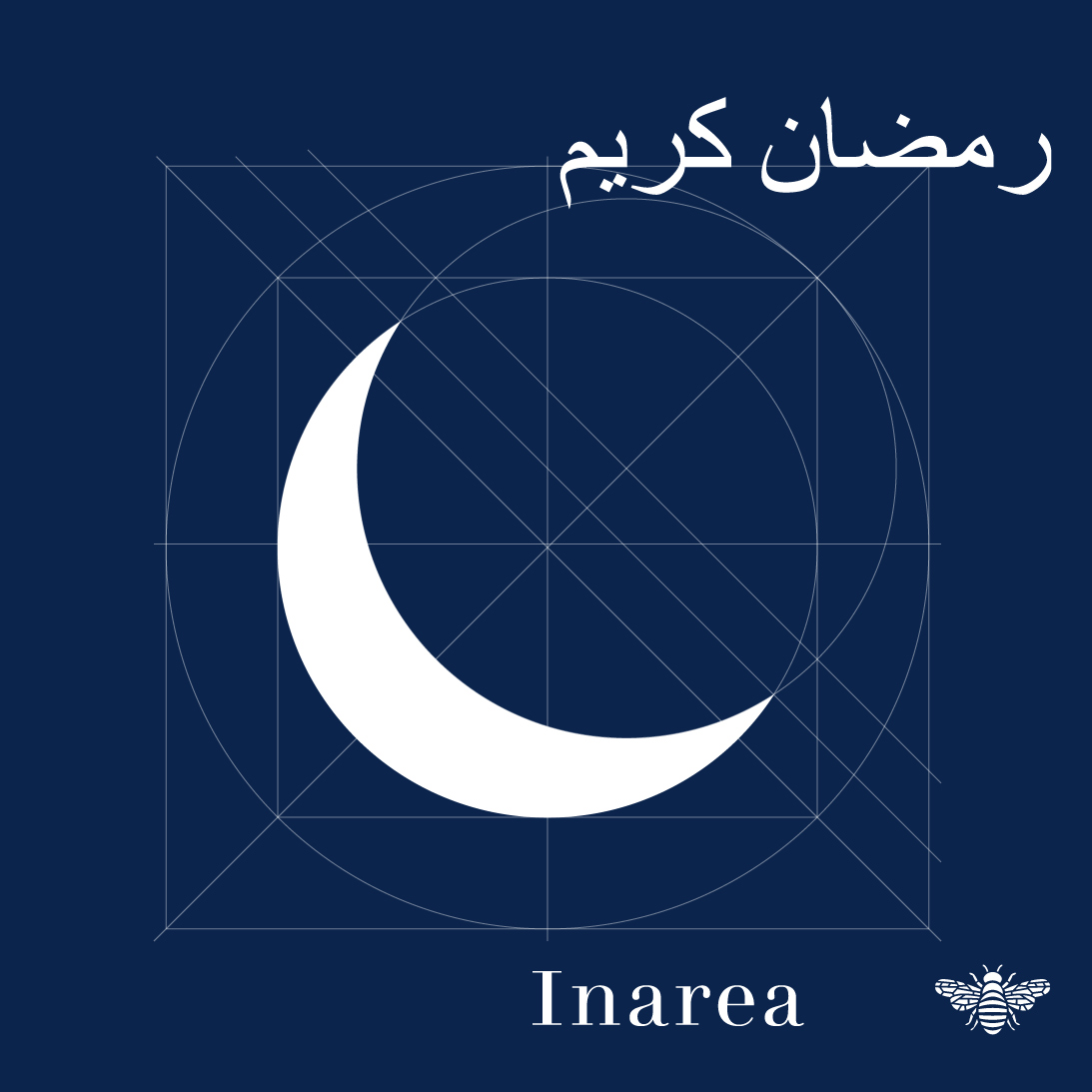Certain symbols have a specific size depending on their address. For Westerners, whether they be werewolves or lovers, the moon always tends to be a (more or less) full moon.
In the case of Islamic peoples, it is instead a crescent moon (associated with a star) that one finds on the flags of many states. These include Turkey, which is where this symbol originated in the 4th century B.C. In those days, Istanbul used to be called Byzantium: it seems that one night the Macedonians were about to attack the city, relying on the complicity of clouds and the cover of darkness. However, the glimmering of a crescent moon sufficed to awaken the sentries, thus averting the invasion. The symbol became such an intrinsic part of the city’s identity that many centuries later, in 1453 when the Eastern Roman Empire fell to the Ottomans, these adopted it as their own emblem. Indeed they felt it to be so strongly theirs that when Turkey joined the International Red Cross in 1876, it did so on condition that it would be able to use a red crescent moon on a white background in lieu of the cross. Other Islamic countries followed suit.
Nowadays the waxing crescent moon marks the beginning of Ramadan, the Muslims’ month of self-purification which has recently ended. It is the annual recurrence of a moment of reflection when it is customary to say Ramadan Kareem! This is a wish we like: it conveys the idea of a human project that is built up over time. Day by day and, at night, wedge by wedge.

